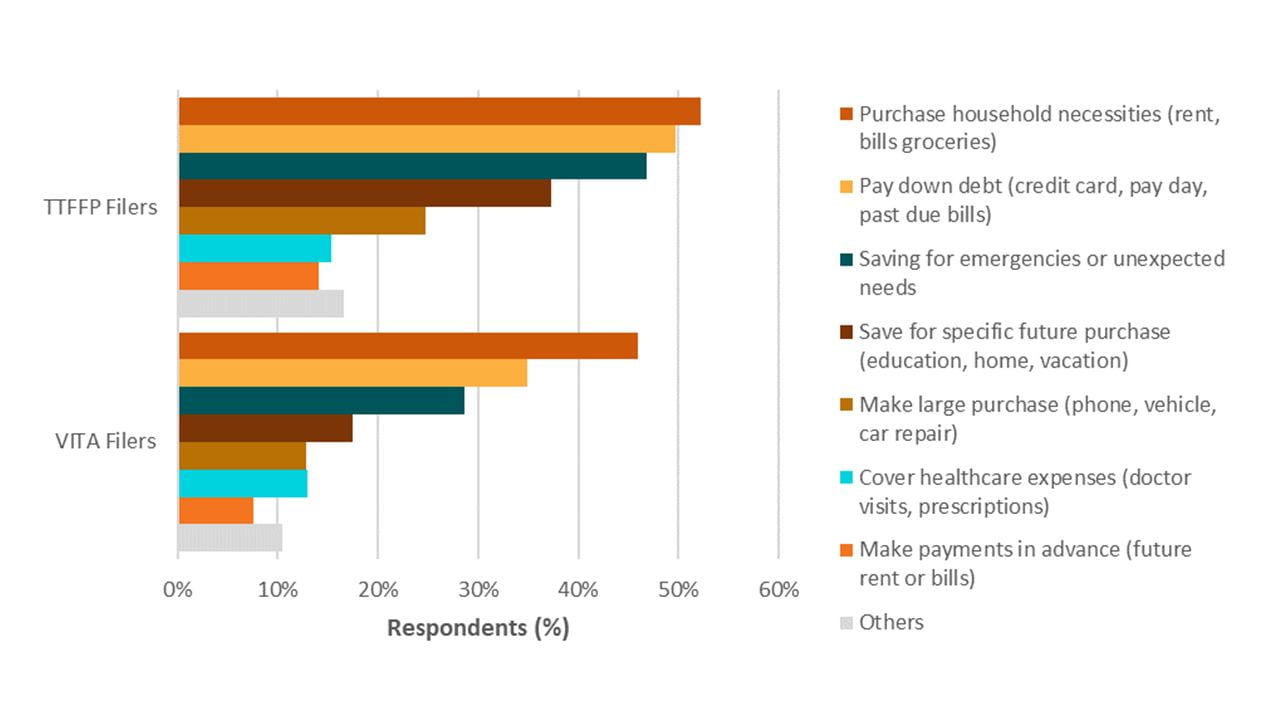A $2 trillion, bipartisan relief package — the largest in U.S. history — was signed into law March 27 to address the economic downfall fueled by the COVID-19 pandemic. Will it help?
Research examining how households use similar payouts, like the tax refund, can help shed light on what households might do next, says an expert on asset building at the Brown School at Washington University in St. Louis.
In addition to business loans and bailouts, this legislation, known as the Coronavirus Aid, Relief and Economic Security (CARES) Act, will distribute one-time economic impact payments to individuals and families.
“This payment could offer a lifeline to American households as businesses shut down and unemployment skyrockets,” said Stephen Roll, research assistant professor.
“In 2019, we surveyed low- and moderate-income tax filers to learn how they used their tax refund,” Roll said. “One group we surveyed used TurboTax Free File Product — offered by Intuit as part of the IRS’ Free File Program. Another group filed through the help of Volunteer Income Tax Assistance sites.”
Roll and his team found that most of these low-income households used the tax refund to pay for necessities such as rent, bills and groceries, followed closely by paying down debts. Half as popular were savings or paying for health care.
“Filers almost universally viewed the refund as an important tool for managing necessary expenses such as housing payments, health care and other essential bills, as well as for strengthening their balance sheets by paying down debt and building savings,” he said.
“While economic impact payments are different than a tax refund, we can be fairly confident, based on this research, that in this moment of emergency, payments from the CARES Act will be used on essential purchases,” Roll said. “It is also possible households will allocate their economic impact payments to clear debt entirely or to make a minimum payment in order to keep some liquid assets in checking or savings.”
To read all his thoughts on the CARES Act, visit the university’s Social Policy Institute blog.
Original post https://alertarticles.info



